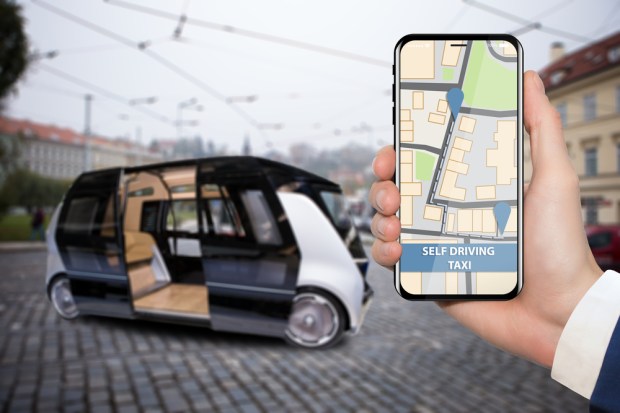China’s Pony.ai Launches Self-Driving Taxi App Under The Radar

Pony.ai, the Chinese driverless car startup, rolled out a new app that lets users get a ride from a self-driving taxi.
According to a report in CNBC, the app rolled out in December, enabling users to hail a driverless taxi from a location in Nansha, a district of Guangzhou in Southern China. The rides are free to the current crop of users.
Pony.ai is reportedly the first company to enable users to call a self-driving taxi. The car is programmed to travel in areas that were set by the company, including offices and residential neighborhoods. Only employees and VIPs have access to the app, which CNBC noted is a mini program built into WeChat, the hugely popular messaging service in China.
Pony.ai makes the software to power the driverless car, but not the vehicle itself. It has partnered with BYD and GAC for that part of the business, noted the report.
“It is the data, it is improving the capability of our driverless cars; we will inevitably encounter a lot more scenarios, and we can use that to improve the system,” James Peng, CEO of Pony.ai, told CNBC when asked what benefit the driverless taxi service will bring for the company.
The aim is to increase the fleet of cars to 100 from 20 in 2019. The executive noted that Pony.ai doesn’t plan to make the app available to the masses this year. The idea is to expand the service down the road, creating a new revenue stream.
“That type of service is the ultimate goal we want to reach. How that competitive landscape will look like (in the future) is too hard to tell,” Peng said. “Our ultimate goal is to provide safe and convenient rides to the end user. It might take a long time, but that’s the ultimate revenue stream.”
Competition to be a leader in driverless cars is fierce in China, with the government making it part of its “Made in China 2025” initiative. In addition to Pony.ai, players in the self-driving market include Baidu, Didi Chuxing and WeRide.ai.
